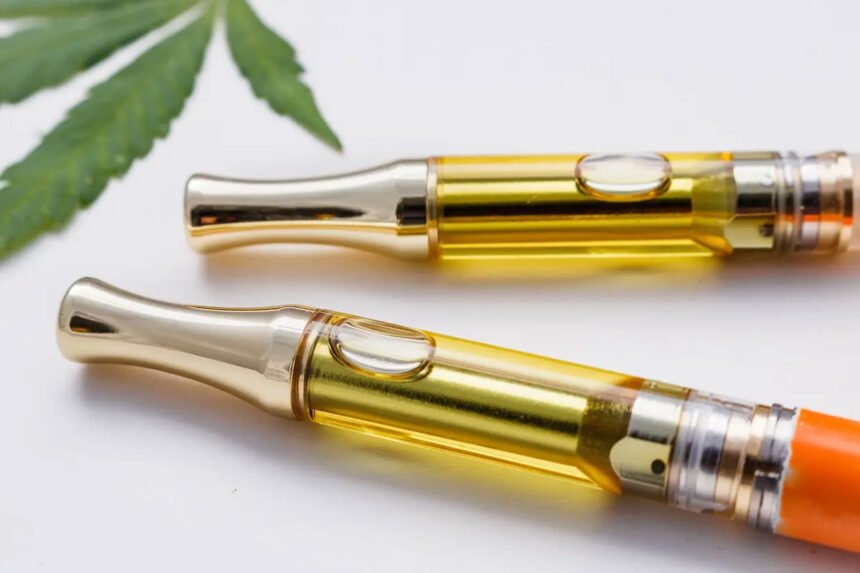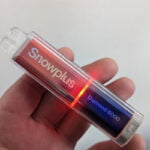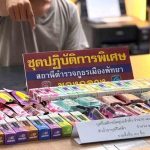Vaping has become a popular method for consuming cannabis, especially through THC vape cartridges. These products are known for their convenience, discreetness, and the prolonged high they can offer. However, the increasing popularity of vape carts has also led to a surge in counterfeit products on the market. Identifying fake vape carts is crucial for ensuring your safety and health. This comprehensive guide will provide you with detailed information on how to distinguish real vape carts from fake ones, considering various aspects such as licensing, packaging, ingredients, and more.
The Dangers of Fake Vape Carts
Fake vape carts can pose significant health risks. These untested products may contain harmful additives and contaminants that can lead to severe health issues, including respiratory damage, lung illnesses, and even fatal outcomes. Therefore, it is essential to be vigilant when purchasing vape cartridges and to understand the potential dangers associated with counterfeit products.
How to Tell a Real vs. Fake Vape Cart
1. License and Source
Licensed Dispensaries:
- Always purchase vape carts from licensed dispensaries. Products sold outside these regulated environments are more likely to be counterfeit and potentially dangerous.
- Licensed dispensaries are required by law to provide products that have been tested for safety and quality. Look for a license number on the packaging, which indicates that the product has undergone proper testing and is legal.
Certificate of Analysis (COA):
- Reputable vape manufacturers will provide a Certificate of Analysis (COA) for their products. This document, issued by a third-party lab, verifies the contents and quality of the vape cart.
- Check the COA online to ensure that the product matches its description and has been tested for contaminants.
2. Packaging
Standard Appearance:
- Authentic vape carts come in regulated packaging with specific information such as the manufacturing date, package date, lot number, and batch number.
- Any deviation from the standard appearance, including mismatched serial numbers, could indicate a fake product.
Marketing Claims:
- Be wary of packaging that includes unproven claims like “Cures Cancer.” Authentic products do not make such statements as they are regulated by the FDA.
Design Elements:
- Legal packaging does not feature images of buds or other cannabis products, except for a small marijuana leaf. Child-focused designs with cartoon-like characters are strictly forbidden.
3. Ingredients
Common Ingredients:
- Standard vape cartridges contain Propylene Glycol (PG), Vegetable Glycerin (VG), and flavorings. Some may also include nicotine or cannabis extracts.
- Check for the presence of Vitamin E acetate, a harmful additive that is banned in many places due to its association with lung illnesses.
THC Levels:
- Genuine THC vape carts are made from cannabis bud extracts or waxes. Unrealistic THC percentages, such as 99.9%, are a red flag.
- THC levels below 60% could indicate an overdiluted product with potentially harmful additives.
4. Vape Size and Appearance
Standard Dimensions:
- Each vape brand produces cartridges of standard sizes. Discrepancies in size can indicate a fake product.
- Examine the cart’s weight, design, and the color of its contents. Authentic carts are well-made with precise construction.
Oil Consistency:
- Pure cannabis oil is thick and moves slowly inside the cartridge. If the oil is thin, contains bubbles, or moves easily, it may be diluted with additives.
5. Seller Reputation
Licensed Retailers:
- Purchase from licensed, reputable stores. These stores display their licenses prominently and follow legal guidelines.
- For THC products, only buy from licensed dispensaries that require ID verification.
Online Purchases:
- Be cautious when buying online. Verify the legitimacy of the store and ensure they use specialized cannabis delivery services.
6. Price
Price Indicators:
- Authentic vape carts are priced higher due to the quality and safety testing involved. Prices that seem too good to be true often indicate counterfeit products.
- For instance, paying $80 per gram of THC concentrate is standard, while prices below $50 are suspicious.
7. Trust and Verification
Brand Loyalty:
- Stick to brands you trust and have used before. Reputable brands have established a presence and are less likely to be counterfeit.
Instincts:
- Trust your instincts. If something feels off about the product, it’s better to avoid it.
Lab Analyses:
- Always ask for the COA and verify the product’s chemical composition. Ensure it has been tested for pesticides, contaminants, and heavy metals.
Conclusion
Navigating the world of vape carts requires vigilance and awareness. By understanding the key indicators of fake vape carts, you can protect your health and ensure a safe vaping experience. Always purchase from licensed retailers, check for proper packaging and ingredients, and verify the product through lab analyses. Trust reputable brands and your instincts to avoid counterfeit products. Remember, your health and safety are paramount, and taking these precautions can help you enjoy vaping without the risks associated with fake vape carts.











